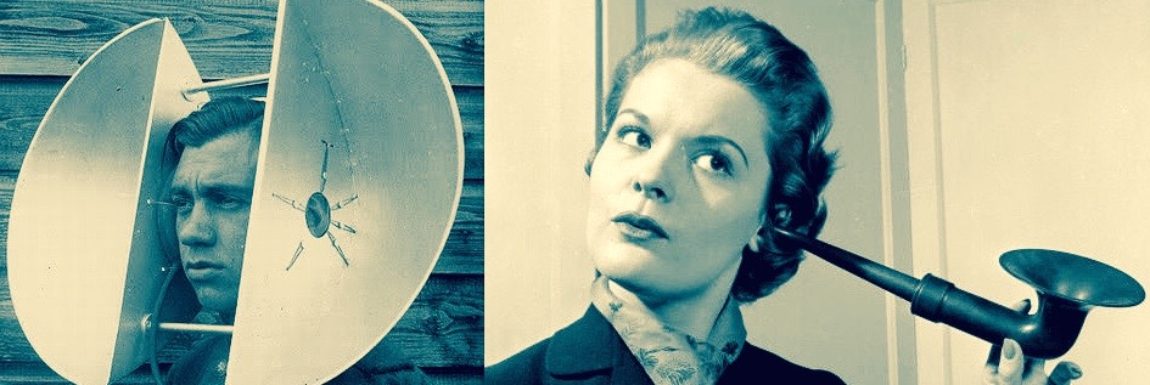
Smart hearing aids just got smarter
It’s often the most frustrating, isolating and ultimately depressing situation for anyone with hearing loss to find themselves in – the dreaded cocktail party. In fact it could be a restaurant, a seminar or anywhere where there is a background babble of competing voices.
You struggle trying to carry on a conversation with anyone because their voice gets lost in a sea of noise. It’s the number one complaint of hearing loss sufferers. And Starkey knows it.
Their newly released line of Evolv AI hearing devices promises to address that issue using powerful proprietary algorithms to suppress background noise and increase the audibility of speech. It’s no easy trick.

As Starkey’s Chief Technology Officer Dr. Achin Bhowmik points out, “Understanding speech in noisy environments can often be difficult for a person with normal hearing and for those with higher levels of hearing loss it becomes practically impossible”.
In people with normal hearing, he explains, their ears are sending a wide range of signals to the brain. Then deep in the cerebral cortex those signals are sifted and sorted into groups with similar sounds to help identify and isolate individual voices. The brain also picks up other cues such as the direction the sound is coming from.
“So this combination of recognizing sounds by grouping them and combining that with directionality is really what gives us the ability to understand conversation in a noisy environment.”
But for people with impaired hearing their brain is not getting all the information from the ears that it needs to process and identify sounds.
So in effect, Bhowmik and his team have developed technology that allows the processors in the hearing aids to do some of the work that the brain can no longer do, by suppressing background noise, identifying speech and delivering a cleaner, clearer signal to the brain.
“Our devices make about 55 million adjustments every hour as they identify and adapt to different environments”
“We already had the ability to lower background noise in our earlier hearing aids”, he says, “but now our new Evolv AI is able to lower background noise by another 40%”
Bhowmik and his team have also refined what they call “Edge Mode” for particularly challenging environments. A double tap on the hearing aid turns on a temporary boost which he calls, “our algorithms on steroids”.
The Evolv AI line also offers Bluetooth connectivity across the full range of models, from the powerful behind the ear versions to the tiny almost invisible, completely in the ear canal version. All of them can connect with the new Thrive app which is now available for Apple devices and 38 Android smartphones. And it now also offers simplified fitness tracking and easier access to streaming devices.
The Thrive app not only acts as a control device for the hearing aids, it also serves as an important connection to your audiologist. For Starkey’s Chief Innovation Officer, Dave Fabry, that word ‘connection’ is an important theme.
“One of the lessons we learned from the pandemic is that audiologists were unable to see their patients face-to-face. So we expanded the features that help them stay connected.” That now includes being able to do remote hearing tests and consultations with audio and video, along with allowing the audiologist to make adjustments remotely.
Friends and family can also stay connected with features such as Fall Alert that sends out notifications if the wearer has a fall.
“The pandemic also reminded us that when we have aging parents or relatives who want to live independently, or if our family members are concerned about us, we can share with trusted contacts whether or not we’re getting up and about and communicating with others. That’s really all part of that connection.”
All of the new models come with voice reminders that, for example, prompt the wearer to remember to take their medication.
Fabry also underscores the proven link between hearing loss and health. Hearing is the primary way we connect with people and losing that connection has an impact on both our physical and mental health.
After all nobody wants to feel all alone at a party.

